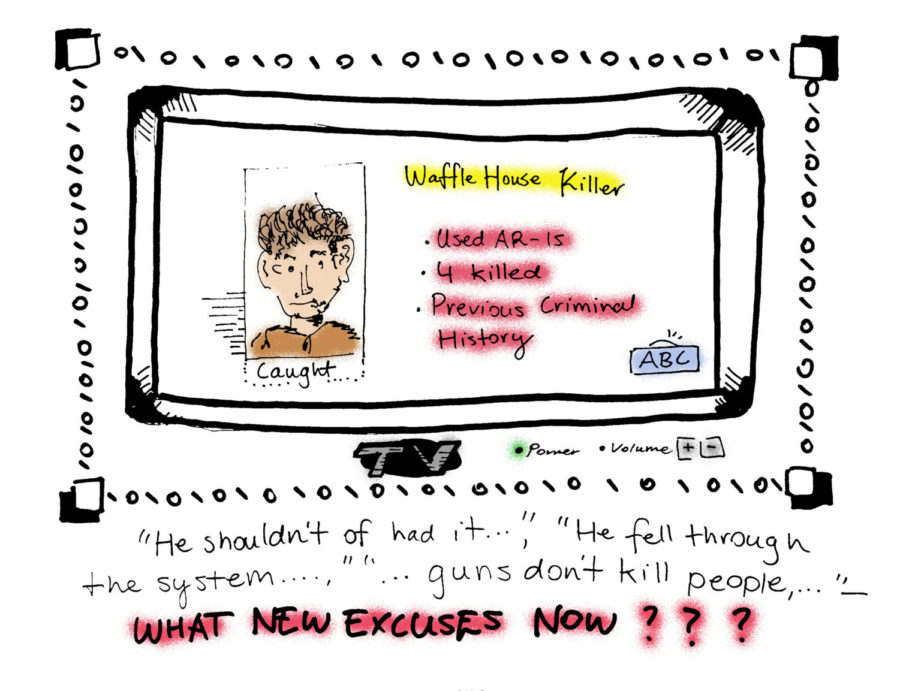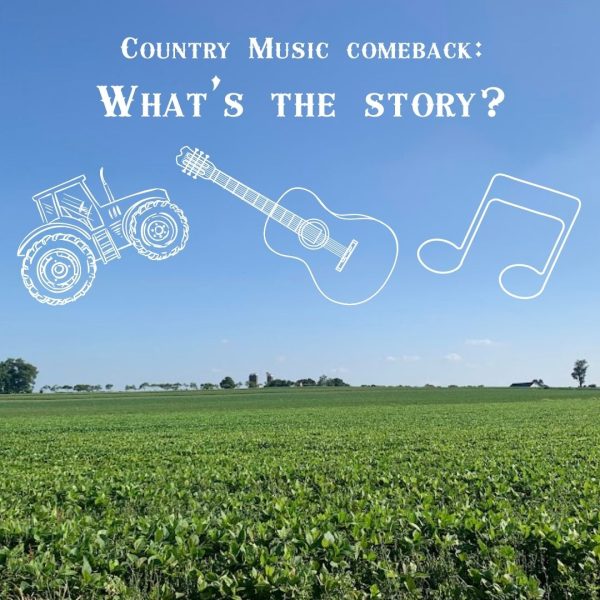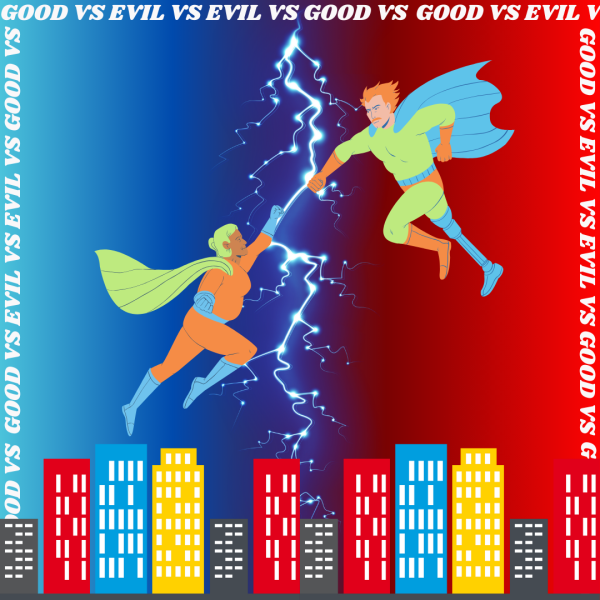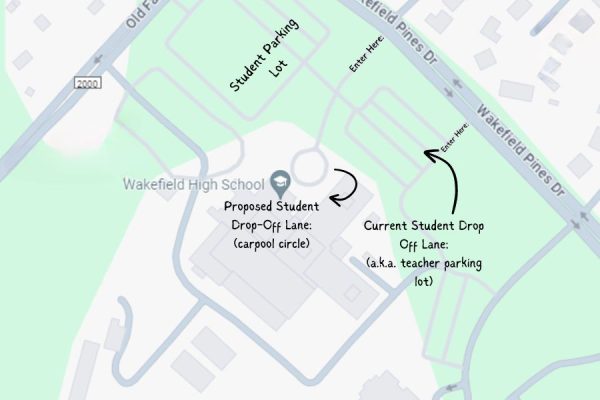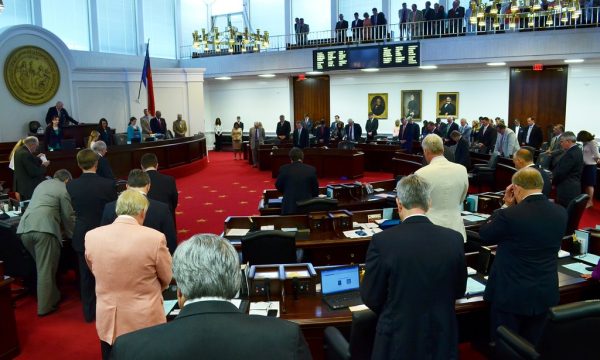Guns over people or people over guns?
The United States has had more mass shootings than any other country but has had the slowest response to prevention.
On April 20, 1999, Dylan Klebold, 17, and Eric Harris, 18, walked into the Columbine High School in Littleton, Colorado, armed, and killed 12 students as well as a teacher before committing suicide. Sadly, shootings instigated by armed civilians such as this one are relatively common in the United States. According to Every Town Research, the annual average of gun homicides in the U.S. is an astounding 12,726.
According to CNN News, on April 22, 2018, a nearly-naked gunman named Travis Reinking unloaded his assault-style rifle at a Waffle House in Tennessee, killing four people. The shooting was halted when a brave customer named James Shaw Jr. wrestled the weapon away from the murderer, who then fled on foot. According to a police report, Reinking had a delusional episode in 2016 and had made comments about committing suicide. But even still, his family told officials that he owned several guns. This showcases a serious issue with America’s gun policy–the wrong, mentally unbalanced people are getting ahold of guns and using such an inadequacy in policy to harm innocents.
According to Every Town Research, the American gun homicide rate is more than 25 times the average of other countries considered “high-income” by the World Bank. An analysis of gun homicide rates in developed countries found that the United States accounted for 46% of the world’s population but for 82% of the gun deaths.
An important difference between gun violence in the United States compared to other countries is that, according to CNN, in the U.S. people have a greater chance of dying in mass shootings if they’re at work or at school. Outside the country, these incidents typically happen near military installations or due to robberies and similar violent incidents.
A way to lower the elevated gun violence statistics in the United States would be to create more restrictive gun laws. Let’s take Australia as an example. According to CNN, the country had four mass shootings between 1987 and 1996 with more than 100 people shot dead as a consequence. As a response to the violence, in 1996 Australia’s prime minister, John Howard, passed a stricter gun law which banned rapid-fire rifles and shotguns. It also made gun ownership licensing tighter, forced the remaining firearms to be registered to uniform national standards and instituted a mandatory buyback program for firearms that were banned by the 1996 law.
Howard definitely suffered opposition and critics for his enforcement, especially coming from political groups among his conservative base and resistance from agricultural areas. However, the results of the law were exceptional and outweighed the opposition. According to Fast Check, the number of homicide incidents involving a firearm in Australia decreased by 57% between 1990 and 2014. A 2012 study by Andrew Leigh of Australian National University and Christine Neill of Wilfrid Laurier University found the buyback led to a drop in firearm suicide rates of almost 80% in the following decade since the enforcement of the law. Most importantly, according to Slate, Australia hasn’t had a single mass shooting from 1996 to 2017.
This worked for Australia, but what about for the United States? One of the main issues for Americans is the strong clinging to the Second Amendment, which sanctions the right to bear arms. What is essential to understanding the Second Amendment is that it was created in 1787 as a direct reaction to the American Revolution.
Another nation that restricted gun policies after a mass shooting was Germany. According to Quartz Media, Germany banned automated and semi-automated firearms in response to the 2002 Erfurt massacre, when a 19-year-old killed 17 people at school. According to Germany’s Library of Congress files, the Weapons Act was created in 2003 after Erfurt and was amended repeatedly until 2008 in order to facilitate a more effective use of gun registers by law enforcement. The amendments also restricted the rights of heirs to own inherited guns and allowed authorities of the states to enact special restrictions for specific endangered urban areas.
Additionally, in 2009, there was another school shooting at the German city of Winnenden, which resulted in 15 victims and also in another amendment to the Weapons Act. Also according to Germany’s Library of Congress, this new change made it more difficult for individuals to own multiple firearms, increased some qualifying-age requirements for juveniles at shooting ranges and allowed authorities to monitor the safe storage of weapons in private homes more effectively. According to the Washington Post, shooting incidents significantly dropped as a consequence to the amendments.
According to Abc 15, the shooting at Waffle House in Tennessee marks the 67th mass shooting so far this year in the United States. Still, there has been no change in gun regulations and this issue remains only as a discussion. How many shootings and how many lives lost will it take for people to be finally put first over guns?
Your Turn Questions: Do you think a government incentive such as the one that occurred in Australia would work in the United States? What makes guns such a thought-to-be essential need in American culture and society?




